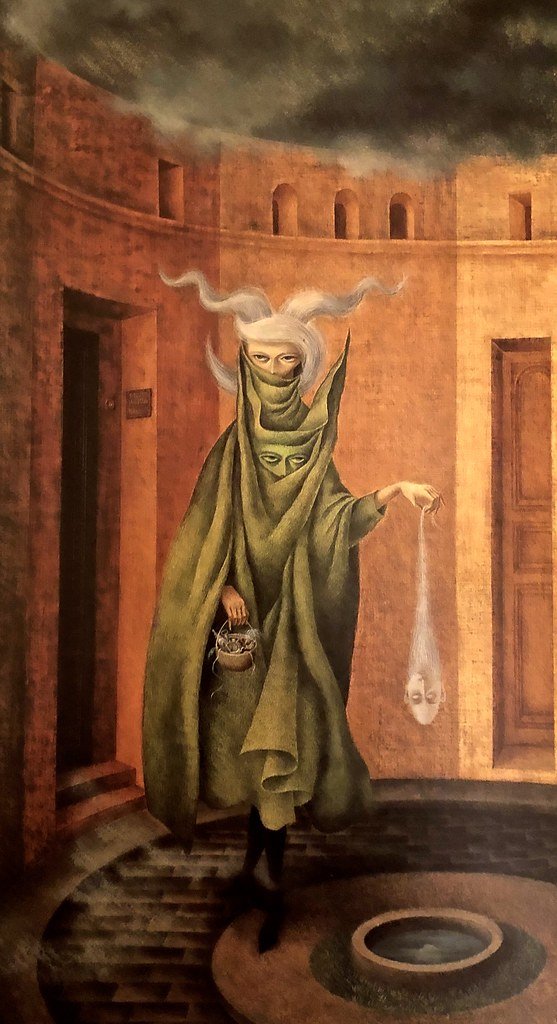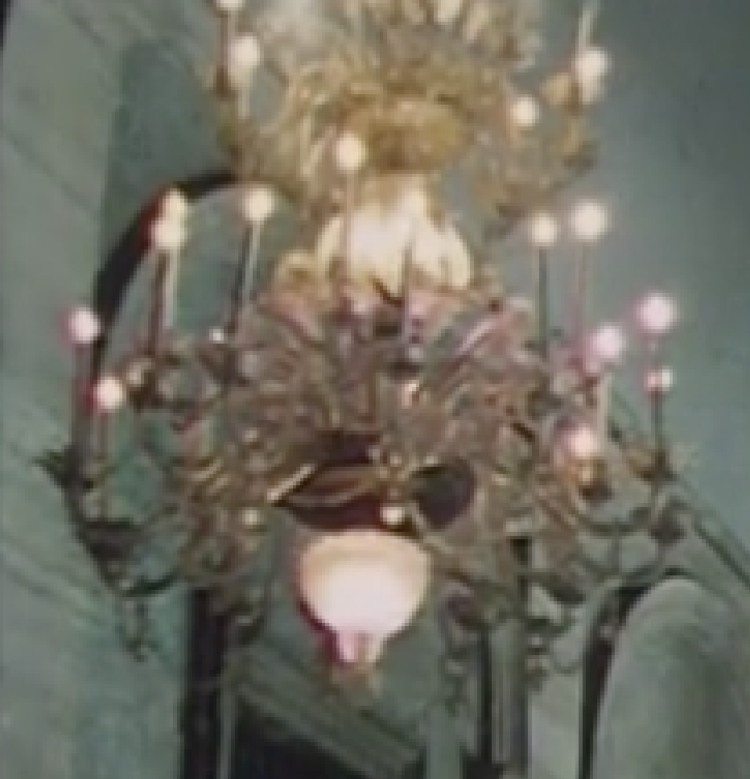 Image 1 of 1
Image 1 of 1


DREAMS AS ART: Freud, Jung, Lacan
Join Emmalea Russo and Vanessa Sinclair for a free-associative workshop exploring psychoanalysis as art.
WHEN: SATURDAY MAY 10th 11am ET - 2pm ET
Freud tended to critique art in the way one would analyze a dream: by taking apart the various components of the piece and making greater sense of the whole through the exploration of its parts. Freud felt that by applying the methods of psychoanalysis to art and literature, one may decipher the underlying meaning and intention of the creator; much as one analyzes the manifest content of a dream to unearth the latent content at play beneath the surface...
Just as dream material itself is fragments of associations, memories and affects condensed and displaced into the manifest content of the dream that we recall, we are able to observe a similar process in our daily waking lives, which are largely composed in this way as well. The difference is not so much in quality of waking and dream states, but in quantity or ratio. Just as we incorporate material our senses pick up from the external environment into our dreams while we sleep, we also engage in a similar action while awake. Only the ratio varies. In waking life, we face a higher proportion of sensory input from our physical environment but continue to receive input from our unconscious as well. Unconscious material increasingly gains more prominence in altered states, fantasies, daydreams, creation of artworks and of course in our dream lives. We may think of our dream and waking states as varying ratios of awake-asleep and conscious-unconscious running on a continuum constantly in flux, rather than as a binary of either/or.
Attend the workshop live (you’ll get the zoom link the day prior to class) or get the recording afterwards. We’ll send it to everyone after class.
In this one-day course, we’ll explore psychoanalysis and its relationship to art. We will consider specific moments from the work of Sigmund Freud, C.G. Jung, and Jacques Lacan—thinking about their psychoanalytic work as a kind of art.
The relationship between psychoanalysis and the arts has been present from the very beginning. As Sigmund Freud (1856-1939) was developing the field of psychoanalysis, he applied his new and evolving concepts to the study of artworks and artists including Leonardo da Vinci (1452-1519) and Michelangelo (1475-1564), as well as to the study of sociocultural events and phenomena. Jacques Lacan came of age in the same cultural and intellectual environment as Surrealism in Paris. Lacan was interested in Dadaism and immersed himself in the new perspectives and early manifestations of Surrealism. C.G. Jung began a dialogue with his own unconscious which resulted in a wild psychological exploration and several artworks.
In this free-associative class, we will not analyze artists or works of art, but rather seek to make connections between psychoanalysis and art, thinking of analytic writing and work as a creative act. We will think through our own relationship to psychoanalysis, our psyches, and the creative process through considering how Sigmund Freud, Jacques Lacan, and C.G. Jung related to art and conducted experiments with their own unconscious. No prior experience required!
***
EMMALEA RUSSO is a writer. She is the author of four books of poetry and her first novel, Vivienne, was published in 2024. She has taught at various institutions including Saint Peters University, Northeastern University, The Melbourne School of Continental Philosophy, and GCAS. She teaches classes independently on art, literature, psychoanalysis, and the occult and works with clients online via her private astrology practice.
VANESSA SINCLAIR, PsyD is a psychoanalyst in private practice, who works remotely online with people all over the world. She hosts the internationally-renowned podcast Rendering Unconscious, which was awarded the Gradiva Award for Digital Media by the National Association for the Advancement of Psychoanalysis (NAAP).
Image: Woman Leaving the Psychoanalyst, Remedios Varo, 1961.
Join Emmalea Russo and Vanessa Sinclair for a free-associative workshop exploring psychoanalysis as art.
WHEN: SATURDAY MAY 10th 11am ET - 2pm ET
Freud tended to critique art in the way one would analyze a dream: by taking apart the various components of the piece and making greater sense of the whole through the exploration of its parts. Freud felt that by applying the methods of psychoanalysis to art and literature, one may decipher the underlying meaning and intention of the creator; much as one analyzes the manifest content of a dream to unearth the latent content at play beneath the surface...
Just as dream material itself is fragments of associations, memories and affects condensed and displaced into the manifest content of the dream that we recall, we are able to observe a similar process in our daily waking lives, which are largely composed in this way as well. The difference is not so much in quality of waking and dream states, but in quantity or ratio. Just as we incorporate material our senses pick up from the external environment into our dreams while we sleep, we also engage in a similar action while awake. Only the ratio varies. In waking life, we face a higher proportion of sensory input from our physical environment but continue to receive input from our unconscious as well. Unconscious material increasingly gains more prominence in altered states, fantasies, daydreams, creation of artworks and of course in our dream lives. We may think of our dream and waking states as varying ratios of awake-asleep and conscious-unconscious running on a continuum constantly in flux, rather than as a binary of either/or.
Attend the workshop live (you’ll get the zoom link the day prior to class) or get the recording afterwards. We’ll send it to everyone after class.
In this one-day course, we’ll explore psychoanalysis and its relationship to art. We will consider specific moments from the work of Sigmund Freud, C.G. Jung, and Jacques Lacan—thinking about their psychoanalytic work as a kind of art.
The relationship between psychoanalysis and the arts has been present from the very beginning. As Sigmund Freud (1856-1939) was developing the field of psychoanalysis, he applied his new and evolving concepts to the study of artworks and artists including Leonardo da Vinci (1452-1519) and Michelangelo (1475-1564), as well as to the study of sociocultural events and phenomena. Jacques Lacan came of age in the same cultural and intellectual environment as Surrealism in Paris. Lacan was interested in Dadaism and immersed himself in the new perspectives and early manifestations of Surrealism. C.G. Jung began a dialogue with his own unconscious which resulted in a wild psychological exploration and several artworks.
In this free-associative class, we will not analyze artists or works of art, but rather seek to make connections between psychoanalysis and art, thinking of analytic writing and work as a creative act. We will think through our own relationship to psychoanalysis, our psyches, and the creative process through considering how Sigmund Freud, Jacques Lacan, and C.G. Jung related to art and conducted experiments with their own unconscious. No prior experience required!
***
EMMALEA RUSSO is a writer. She is the author of four books of poetry and her first novel, Vivienne, was published in 2024. She has taught at various institutions including Saint Peters University, Northeastern University, The Melbourne School of Continental Philosophy, and GCAS. She teaches classes independently on art, literature, psychoanalysis, and the occult and works with clients online via her private astrology practice.
VANESSA SINCLAIR, PsyD is a psychoanalyst in private practice, who works remotely online with people all over the world. She hosts the internationally-renowned podcast Rendering Unconscious, which was awarded the Gradiva Award for Digital Media by the National Association for the Advancement of Psychoanalysis (NAAP).
Image: Woman Leaving the Psychoanalyst, Remedios Varo, 1961.
